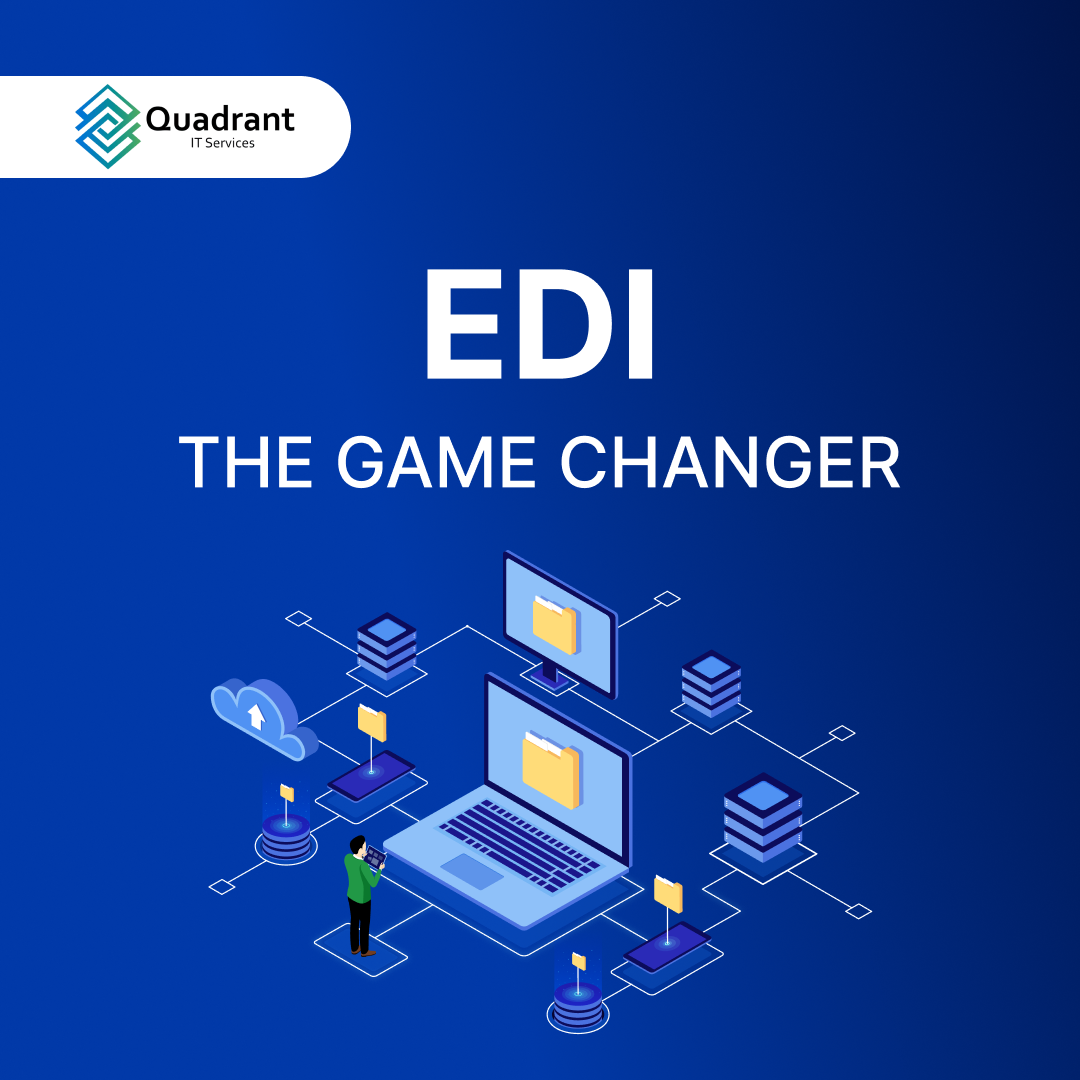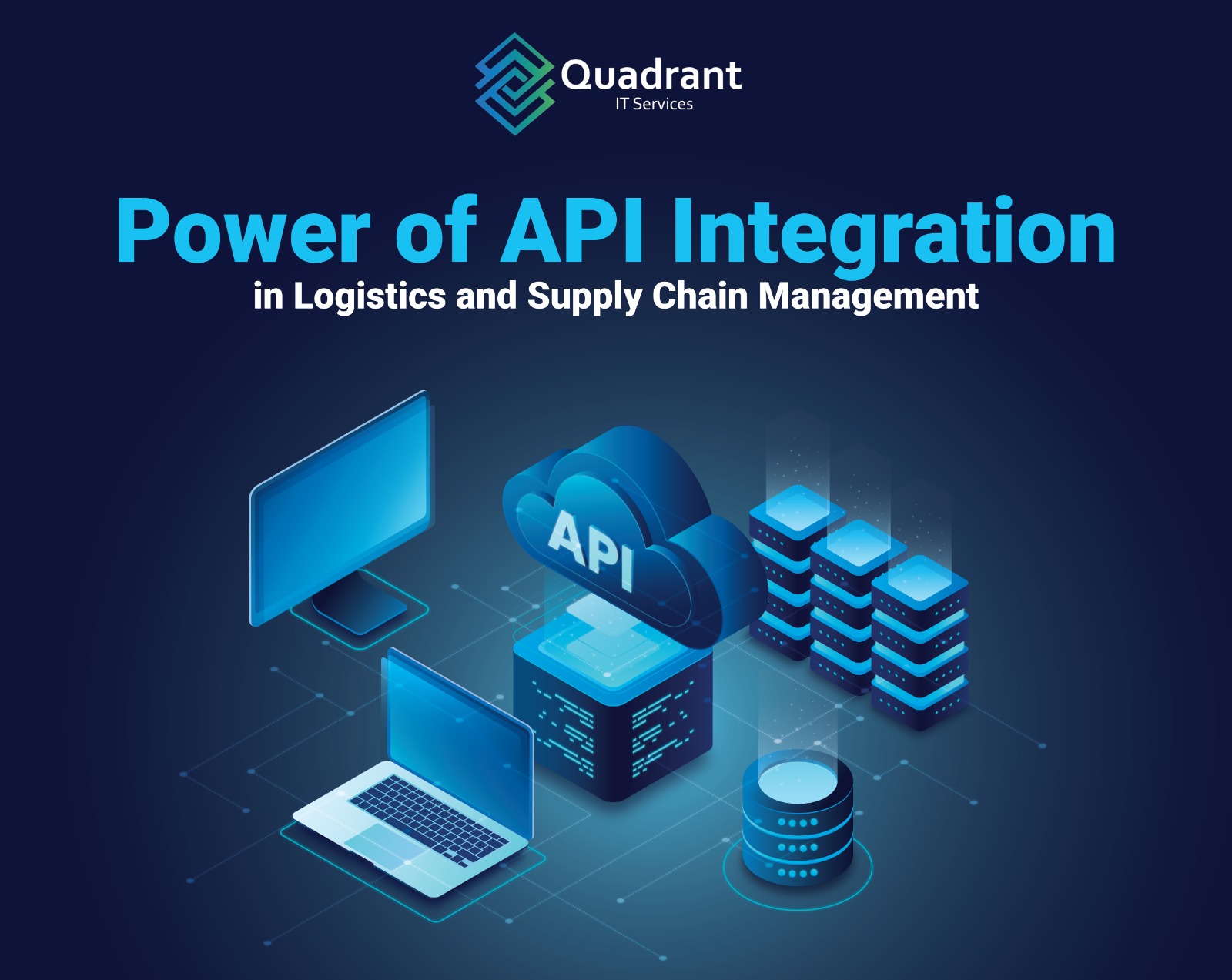EDI, originally designed to automate business document exchanges, has evolved into a vital catalyst for improving the speed of the business cycle, data accuracy, security, and interoperability. These enhancements have catapulted its popularity, rendering it the preferred choice for B2B communication. According to a report by Digital Commerce 360, EDI facilitated electronic sales totalling $8.38 trillion in 2021, marking a significant increase from $7.73 trillion in 2020 and accounted for over 75% of digital business-to-business (B2B) transactions in 2021. So, we will try to decipher what factors made EDI to build such an impressive track record. In this blog, we shall dig deep into the story of EDI by exploring the origins of EDI, how it addressed challenges and reshaped B2B commerce, and business benefits.
What is EDI?
To put in simple words, Electronic Data Interchange (EDI) is a system that allows businesses to exchange essential transaction documents such as Purchase orders, Invoices, Receipt advice, Shipping information and so on in a standard electronic format between two or more trading partners. By replacing traditional paper-based document exchanges with electronic methods, EDI enabled seamless collaboration between businesses and played a pivotal role in enhancing supply chain management.
But, to truly appreciate the value that EDI adds, it’s important to understand the system before EDI.
System Before EDI:
Let’s illustrate with an example. Consider a scenario where there’s a Company A that regularly engages in trade with Company B. In the existing system, whenever Company A requires something from Company B, its employee prepares a Purchase Order and sends it to Company B through postal mail or fax. Subsequently, an employee at Company B reviews the Purchase Order, checks stock availability, and, if all criteria are met, generates an appropriate invoice. This is how a typical trade cycle operates between Company A and Company B.
However, this system has several limitations:
Paper-Based: These transactions relied on paper-based documentation, which is slow, error prone, and results in delays in processing and increased costs. Moreover, papers could easily be lost, damaged, or misinterpreted, leading to data inaccuracies and disputes between trading partners
Manual Processes: Key processes such as printing, filling out paper forms, and sending documents through postal mail, fax, or courier services were performed manually. Manual data entry led to a high risk of errors, including typos, miscalculations, misinterpretations and made the processes time-consuming and error prone.
Lack of Standardization: Without standardized formats and protocols, each business had its own way of generating, presenting, and interpreting transaction documents, leading to compatibility issues.
Slow Business Cycle: Physical handling of documents, sorting, filing, and processing before proceeding with their operations caused delays and affected the pace of trade cycle.
High Costs: The costs associated with paper, printing, postage, and administrative labour for handling physical documents added up significantly for businesses.
Scalability Issues: Since the operations are majorly relied on people and paper, scaling business operations and managing an increasing volume of transactions had become a cumbersome task.
So, businesses were in search of a solution that could streamline their communication, minimize the risk of human errors, and optimize supply chain processes. This is where EDI emerged as the saviour they had been seeking. Let’s see how EDI has overcome the above limitations.
System After EDI:
Standardization: EDI introduced standardized formats and protocols such as EDIFACT, ANSI X12, TRADACOM, etc for document exchange. Through these, it created uniformity in the structure and syntax for their documents. As a result, compatibility issues are virtually eliminated, and businesses can seamlessly exchange information regardless of their internal systems and procedures.
Electronic Transactions: By digitalizing transaction documents, it has significantly reduced the time and resources associated with paper-based methods. This shift has not only accelerated the exchange of information but also minimized the risk of documents being lost, damaged, or misinterpreted, thereby enhancing data accuracy and reducing disputes between trading partners.
Automation: By minimizing the human involvement and automating key processes like document creation to data transmission, EDI has greatly reduced the risk of errors like typos, miscalculations, and misinterpretations. So, the entire process has become more quicker, efficient, and less susceptible to human error.
Cost Optimization: With digital document exchange, EDI has reduced costs associated with paper, printing, postage, and administrative labour. It helped businesses to cut down on the expenses related to physical documentation and manual handling, resulting in substantial cost savings.
Flexible to Scale: Automation and electronic exchange enabled businesses to manage an increasing volume of transactions with greater ease and efficiency and scale their operations with a minimal overhead cost.
Now, with the help of same example (Company A&B), we will try to understand how EDI simplified B2B communication.
When Company A wants to communicate to Company B, it creates an EDI document (Ex: Purchase orders, invoices, shipping notices) using an EDI Software (Ex: Gentran, ITXA, Sterling B2B Integrator) in a standard format such as ANSI X12 or EDIFACT. Then, using secure communication methods like AS2, FTP, or VAN services, Company A sends the electronic document to Company B.
Once the Company B receives the EDI document, its EDI software translates the document into a format that is compatible with their internal systems. Then, Company B’s system will process the document and respond with an appropriate response or acknowledgement. Once, the transaction is completed, both companies maintain records of their EDI files for reference and compliance purposes.
If you observe the above example, EDI has successfully exchanged information efficiently, accurately, securely in a standardized format at a low cost and expedited the entire business cycle, resulting in overall economy growth. This is the reason why many industries and trading partners are opting for EDI solution in UAE and stay competitive in rapidly evolving business landscape. But different businesses have unique EDI needs based on their size, industry, and trading partners requirements. A one-size-fits-all solution doesn’t work. So, you need a right EDI implementation service provider who can tailor their services to your specific requirements.
Quadrant IT Services
– The Best EDI Implementation Service Provider
With over decade of experience in the field of EDI solutions, a demonstrable track record of successful EDI implementations, and an in-depth expertise in popular EDI solutions, various standards, formats, and communication protocols, Quadrant IT Services has established itself as one of the most trusted EDI service providers in India. Our 500+ global headcount, support of 4 regional delivery centres, commitment to help Clients achieve efficient, accurate, and secure EDI communication through a well-crafted customized solution make us the right service provider you are looking for.
By choosing us, you gain access to a wealth of experience, a history of success, and a team that is passionate about driving the success of your business through the power of EDI.
To know more about how we can help you, please contact us.








